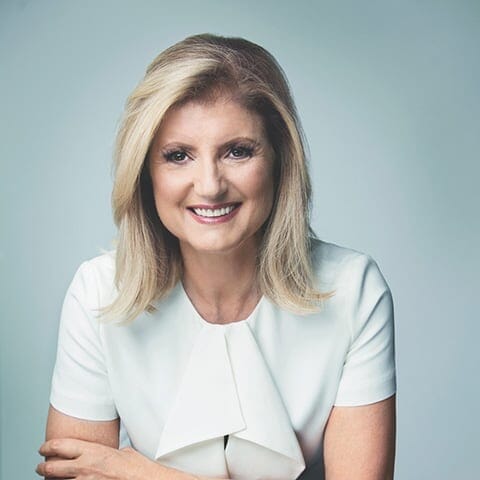 author
authorDiscover the Best Books Written by William Goldman
William Goldman (August 12, 1931 – November 16, 2018) was an American novelist, playwright, and screenwriter. He first came to prominence in the 1950s as a novelist before turning to screenwrite. He won Academy Awards for his screenplays Butch Cassidy and the Sundance Kid (1969) and All the President's Men (1976). His other well-known works include his thriller novel Marathon Man (1974) and his cult classic comedy/fantasy novel The Princess Bride (1973), both of which he also adapted for film versions.
Goldman was born into a Jewish family in Chicago in 1931 and grew up in the Chicago suburb of Highland Park, Illinois, the second son of Marion (née Weil) and Maurice Clarence Goldman. Goldman's father was initially a successful businessman, working in Chicago and in a partnership, but he suffered from alcoholism, which cost him his business. He "came home to live, and he was in his pajamas for the last five years of his life," according to Goldman. His father committed suicide while Goldman was still in high school. His mother was deaf, which created additional stress in the home.
Goldman received a Bachelor of Arts degree from Oberlin College in Ohio in 1952. The Korean War was on, so he was drafted into the Army shortly thereafter. Because he knew how to type, he was assigned as a clerk in the Pentagon Defense headquarters. He was discharged with the rank of corporal in September 1954. He returned to graduate studies under the GI Bill, earning a Master of Arts degree at Columbia University, graduating in 1956. Throughout this period, he wrote short stories in the evenings but struggled to have them published.
According to his memoir Adventures in the Screen Trade (1983), Goldman began to write when he took a creative-writing course in college. His grades in the class were "horrible." He was an editor of Oberlin's literary magazine. He submitted his short stories to the magazine anonymously; he recalls that the other editors read his submissions and remarked, "We can't possibly publish this shit." He did not originally intend to become a screenwriter. His main interests were poetry, short stories, and novels. In 1956, he completed a master's thesis at Columbia University on the comedy of manners in America.
His older brother James Goldman was a playwright and screenwriter. They shared an apartment in New York with their friend John Kander. Kander, also an alumnus of Oberlin, was working on his Ph.D. in music, and the Goldman brothers wrote the libretto for his dissertation. Kander was the composer of more than a dozen musicals, including Cabaret and Chicago, and all three of them eventually won Academy Awards.
On June 25, 1956, Goldman began writing his first novel, The Temple of Gold, completing it in less than three weeks. He sent the manuscript to agent Joe McCrindle, who agreed to represent him; McCrindle submitted the novel to Knopf, who agreed to publish it if he doubled the length. It sold well enough in paperback to launch Goldman on his career. He wrote his second novel, Your Turn to Curtsy, My Turn to Bow (1958), in a little more than a week.
It was followed by Soldier in the Rain (1960), based on Goldman's time in the military. It sold well in paperback and was turned into a film, though Goldman had no involvement in the screenplay. Goldman and his brother received a grant to do some rewriting on the musical Tenderloin (1960). They then collaborated on their own play, Blood, Sweat and Stanley Poole (1961), and on the musical, A Family Affair (1962), written with John Kander. Both plays had short runs.
Goldman began writing Boys and Girls Together but found that he suffered from writer's block.[11] His writer's block continued, but he had an idea for the novel No Way to Treat a Lady (1964) based on the Boston Strangler. He wrote it in two weeks, and it was published under the pseudonym Harry Longbaugh—a variant spelling of the Sundance Kid's real name, which Goldman had been researching since the late 1950s. He then finished Boys and Girls Together, which became a best seller.
Best author’s book






















